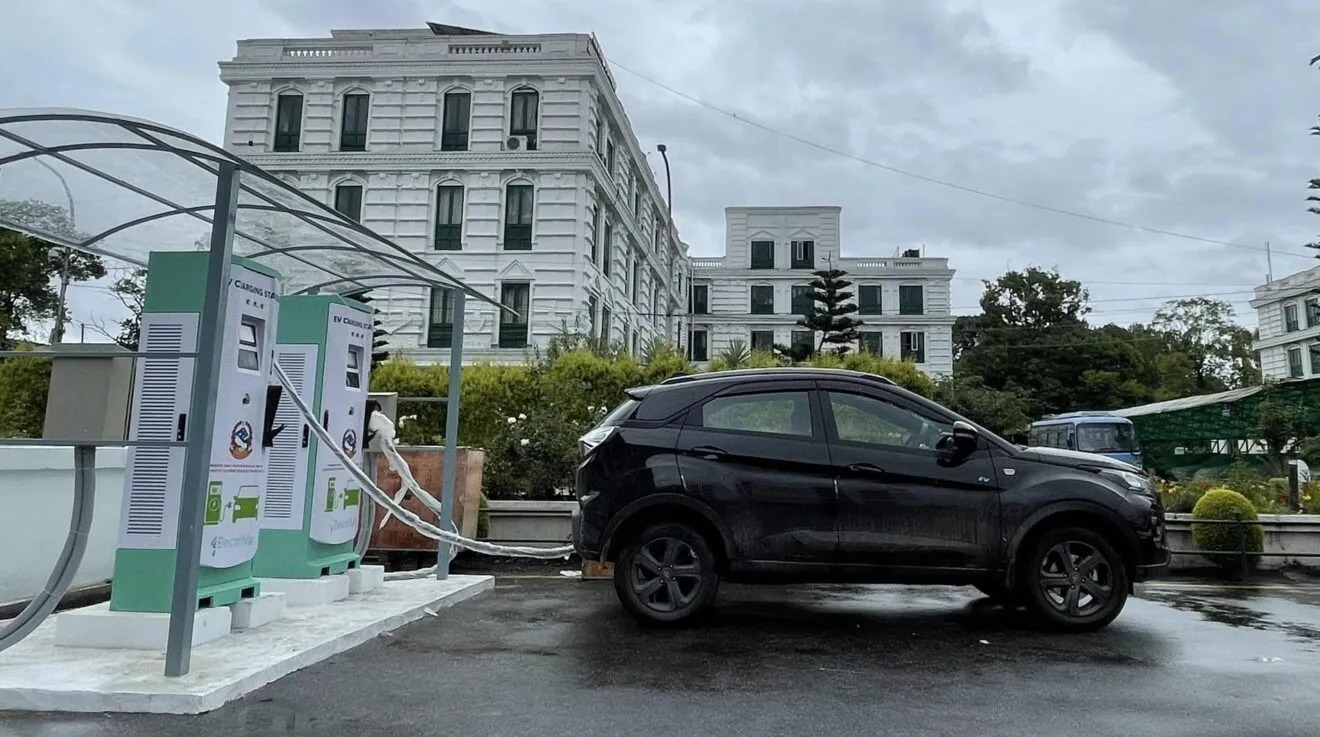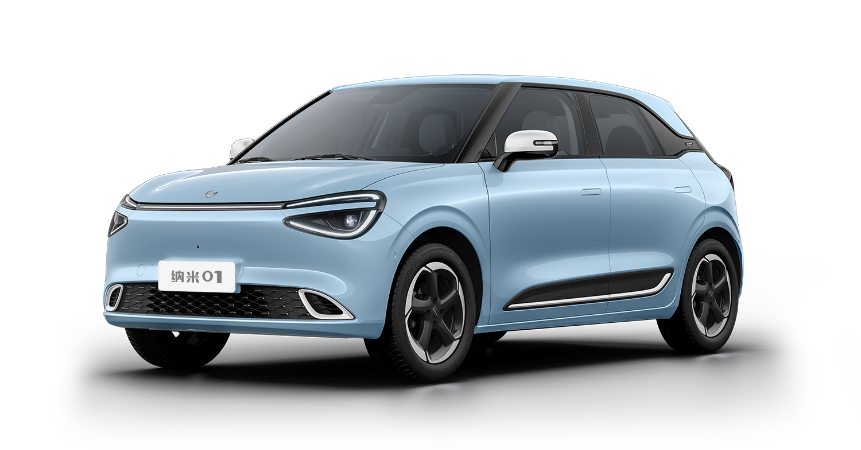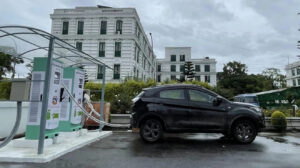Nepal’s Electric Surge: A Blueprint for Sustainable Transportation
Nepal is charting a bold course toward a cleaner, greener future, and the engine of this transformation is the electric vehicle (EV) revolution. The numbers are impossible to ignore: in the fiscal year 2024/25, the country welcomed over 44,500 EVs—from cars and buses to two-wheelers, valued at a staggering 43.99 billion. This isn’t just a trend; it’s a profound structural shift that’s redefining Nepal’s economy and environment.
The shift is undeniable: EV imports have surged by 136%, while the arrival of traditional fuel vehicles has simultaneously dropped by 24%.
Why the Rapid Acceleration? The Key Drivers
Several powerful forces are propelling this massive transition, making EVs an increasingly smart choice for Nepalis:
Government Incentives and Affordability
The government has successfully tipped the economic scales. Consumers are finding EVs an affordable and appealing alternative thanks to smart policy:
- Reduced Taxes: Traditional gasoline and diesel vehicles face steep import duties ranging from 276% to 32%. By contrast, EVs enjoy a significantly lower tax rate of just 25% to 90%. This massive differential makes the cost of going electric suddenly much more accessible.
- Economic Impact: This surge has already been a boon for the national treasury, generating approximately text NPR 22.76 billion in customs revenue.
Clean, Homegrown Energy
The real environmental advantage for Nepal is its fundamental energy source: hydroelectricity. Since Nepal’s grid is predominantly powered by clean, renewable hydropower, every EV on the road runs on domestically produced, environmentally friendly energy. This setup dramatically amplifies the environmental benefits of EV adoption, moving transportation’s footprint toward zero.
Significant Economic Savings
The move to electric is not just green; it’s fiscally responsible. The country is already saving an estimated $22 million annually on oil imports, reducing its dependency on volatile global fuel markets. For the consumer, the far lower operating costs of EVs—ditching costly imported fuel for cheaper, homegrown electricity—provide compelling long-term savings.
The Road Ahead: Overcoming Key Hurdles
While the momentum is strong, the path to a fully electrified system requires substantial work. The biggest challenge lies in infrastructure. To keep pace with the growing demand a widespread network of charging stations must be built across the country and the electrification of public transport needs to speed up to meet crucial national environmental goals.
Despite these necessary investments, Nepal is focused on its ambitious goals: aiming for 90% private vehicle electrification and 60% public vehicle electrification by 2030.
Nepal is doing more than just adopting technology; it’s providing a practical blueprint for sustainable mobility that other developing nations can follow. By leveraging its clean energy resources and implementing supportive policies, Nepal is setting a shining example in the global push for a sustainable, electric future.














Post Comment